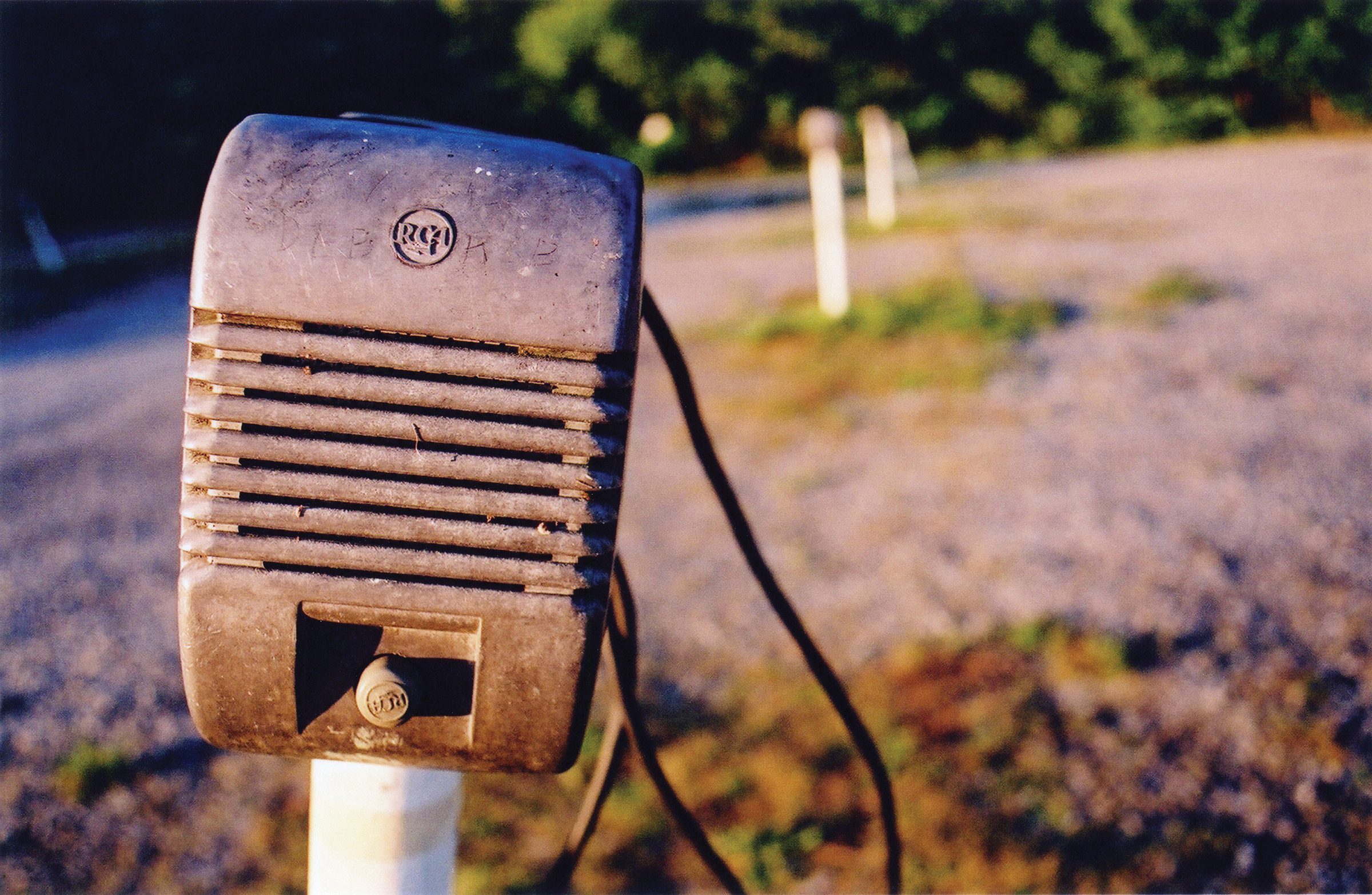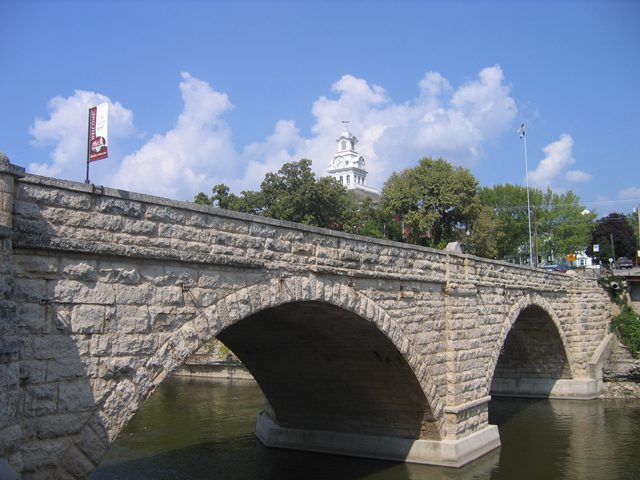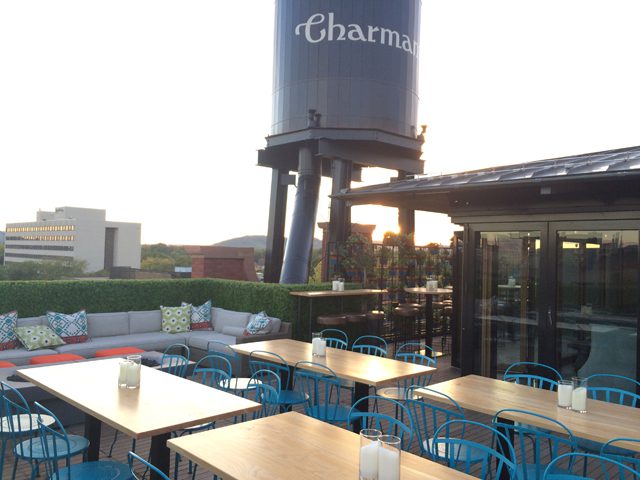Driftless Region Museums: A Primer
Compiled by Inspire(d) Staff
Originally printed in the June/July 2010 issue of Inspire(d)
Sure, summer is all about festivals and swimming and canoeing and fairs, but what do you do when it’s raining? Or when it’s hot, humid, and sticky in a way that only the Midwest can be – like you’re trapped in a hot tub and there’s no time machine. Right?
Right. So in all our infinite wisdom, we hatched a plan: let’s learn more about some cultural, educational, fun, air conditioned museums in the Driftless Region. We asked each museum to submit a little entertaining information about what’s waiting within their walls for people like you and me. And boy did they deliver. Your kids can go rock climbing. You can see a clock someone once wanted to buy for $1 million dollars, a sailboat that actually crossed the Atlantic, and the place where the modern tractor was made. It’s all pretty cool. Literally and figuratively.
Check them out. Explore. If you’re a tourist, get the most of your stay. If you’re not – pretend you are!

Vesterheim Museum, 520 West Water Street, Decorah, Iowa
Hours: May – October open daily: 9 am – 5 pm, Thursdays ‘til 8 pm November – April: Tuesday – Sunday, 10 am – 4 pm, Thursdays ‘til 8 pm
Admission: $10/adult, $8/senior over 65, and $5/children age 7 –18
www.vesterheim.org • 563-382-9681
With 24,000 artifacts and 16 historic buildings, this national treasure uses the Norwegian-American experience as a lens to explore the diversity of an immigrant nation. Step inside to discover stories of courage and beauty. You’ll find a cabin made from a single tree, a sailboat that crossed the Atlantic Ocean, elaborate costumes, colorful painting, silver wedding crowns, woven tapestries, and even intricately carved butter molds. The lives of the people who settled our nation were often as colorful as their folk art, and their stories speak through the objects they left behind. Come and see what they have to say. “USA Today” named Vesterheim one of “10 great places in the nation to admire American folk art.” Vesterheim also preserves living traditions through classes in Norwegian culture and folk art, events, tours to Norway, and educational programs for children and adults. Preserving a heritage. Connecting us all.

The Porter House, 401 West Broadway Street, Decorah
Hours:June – August open daily: 10 am – 4 pm, and Sundays 1 pm – 4 pm.
Admission: $5/adult, $4/seniors, $3/children age 6–16, Children 6 and under free
www.porterhousemuseum.com 563-382-8465
Near the turn of the century, Grace Young fell in love with the “boy next door,” Adelbert (Bert) Field Porter, and married him in her parent’s music parlor in June 1904. They lived out their lives in the Italianate Villa that previously belonged to Grace’s parents – it now houses their personal furnishings, collections, artwork, photographs, and library. A.F. Porter’s collection of exotic butterflies, gathered over seven trips around the world, is the focal point of the museum, along with Grace’s piano in the music room, and her painted china collection. The museum grounds include a unique rock wall designed by Bert and built from his extensive collection of rocks and minerals. Fountains, birdbaths, planters, and a water garden enhance the gardens surrounding the house. In July of 1968, Bert conveyed the house and it’s contents for preservation as a public museum.

Laura Ingalls Wilder Museum, Burr Oak, Iowa (Off Highway 52, 12 miles north of Decorah or three miles south of the Minnesota state line)
Summer Hours: Monday – Saturday: 9 am – 5 pm, Sunday 12 – 4 pm
Admission: $7/adult, $5/children age 6-17, Family Rate $25
www.lauraingallswilder.us • 563-735-5916
Question: Who has 10 eyes, no income and was forced from their previous life by an invasion? Answer: The Charles Ingalls family when they moved to Iowa in 1876 and Laura was nine years old. Laura’s family left the Banks of Plum River in Minnesota, fleeing the horrible grasshopper plague, to find a better livelihood. In Burr Oak, they helped run the Master’s Hotel and they moved twice more during their year in the small village. The building where they first lived opened as a museum, 100 years after their move, in 1976. The third site where they lived was the birthplace of their fourth daughter, Grace. Knowledgeable guides – familiar with Laura through Burr Oak history, her widely-read books, or the popular television series – help guests from around the globe understand the Ingalls’ Iowa life and times. Come explore the story of one of our country’s most beloved authors.

Children’s Museum of La Crosse, 207 5th Avenue South in historic downtown La Crosse, Wisconsin
Hours:Tuesdays – Saturdays, 10 am – 5 pm; Sundays 12 – 5 pm (closed Mondays and major holidays)
Admission: $6/person (Sunday Savers: $1 off admission!) Infants and members FREE
www.funmuseum.org • 608-784-2652
Learning and fun…rolled into one, for the young and the young at heart! Spend some affordable, quality time with your kids at the Children’s Museum of La Crosse, where you’ll explore three floors of hands-on exhibits, a climbing wall, gift shop, and much more. Lots of new exhibits added in recent months, including the heart-pounding NEOS game, Whoosh, Toothy Tango, kid’s crane, and a two-story rescue center. Memberships include a full year of admission + other benefits, starting at only $50! The $120 Passport level membership includes admission to over 425 participating museums nationwide! Ask about birthday parties, field trips, summer camps and other programs: convenient and fun – and kids will even learn something!

The Minnesota Marine Art Museum, 800 Riverview Drive, Winona, Minnesota
Hours: Tuesday-Saturday 10 am – 5 p, Sunday 11 am – 5 pm (Closed Mondays and Holidays)
Admission: $6/adult, $3/students age 5 – college, 4 and under free, $20 Family Rate
www.minnesotamarineart.org • 507-474-6626
The Minnesota Marine Art Museum is not what you expect, or where you expect to find it. Next to a working Mississippi river port in the beautiful “historic island city” of Winona, the Museum houses one of the best collections of art inspired by water in the United States. A place where everyone is welcome (no art degree required!), the Museum is a year-round destination that hosts ongoing events and programs for kids, families, and adults including our popular Toddler Tuesdays and Family Fest.

Rochester Art Center, 40 Civic Center Drive SE, Rochester, Minnesota (on the Zumbro River)
Hours: Wednesday, Friday, Saturday: 10 am – 5 pm; Thursday: 10 am – 9 pm; Sunday: 12 – 5 pm
Admission: $5/adult $3/senior (62 and over); Free to children, students, members & Olmsted County Resident
www.rochesterartcenter.org • 507-282-8629
Then: Founded in 1946, the Rochester Art Center presented local and regional art for nearly 30 years. For the next 30, RAC became a national focus for arts and crafts, particularly ceramics. Now: Today, RAC is a venerable organization in cool new digs. In 2004, we built an ultra-modern building, presenting contemporary art. We’re famous for Free Family Day (1st Saturday/month), Total Arts Day Camp; 3rd Floor Emerging Artists Series; national and international artists; FLUX (late evening music/art/performance for young-adults), and as a top 10 place in Minnesota for weddings and receptions… the view’s that beautiful.
Bily Clocks Museum/Antonin Dvorak Exhibit, 323 S. Main Street, Spillville, Iowa (12 miles south of Decorah)
Hours: May – October: Monday-Saturday, 9 am – 5 pm, Sundays, 12 – 4 pm April – November: weekends only
Admission: $6/ adult, $5/senior 65 and over, $4/youth age 6-17, $16/Family
www.bilyclocks.org • 563-562-3569
Why did Henry Ford in 1928, offer $1million for one of the Bily brothers clocks and why did they refuse the offer? Take a tour of the Bily clocks museum, located in the quaint village of Spillville, and you’ll find out! Experience for yourself this one-of-a-kind collection of 40 hand-carved clocks created by Frank and Joseph Bily (bee-lee), farmers by trade and carvers by night. And why did Antonin Dvorak, Czeck composer from Praque, find his way to Spillville? That answer is found on the second floor of the museum. You’ll just have to come to find out!

Froelich Tractor Iowa John Deere Museum, 24397 Froelich Rd., Froelich, Iowa (4 miles east of Monona on U.S. Highway 18)
Summer Hours: Open six days a week (closed Wednesdays): 11 am – 5 pm
www.froelichtractor.com • 563-536-2841
The Froelich visitor experience includes an 1891 general store museum, an 1866 restored country school, a l903 dairy barn, a rebuilt railroad depot, a turn of the century blacksmith shop, and a mini-grain truck display (new in 2009). The highlight of the summer is the Froelich half-scale model tractor display and video of its historic development. In 1892, in this tiny village, John Froelich invented the first farm tractor powered by a gasoline engine that operated in forward and reverse. It became the Waterloo Boy and the current John Deere tractor division in Waterloo, Iowa. Historians credit Froelich, Iowa, as the birthplace of the modern farm tractor. (Photo by Danny Eilers)

Villa Louis, 521 North Villa Louis Road, Prairie du Chien, Wisconsin
Hours:Open May 1 – Oct 31: 9:30 am – 5 pm. Guided tours on the hour from 10 am to 4 pm
Admission: $9/adults, $7.75/seniors, $4.50/youth 5-17, $24/family
villalouis.wisconsinhistory.org • 608-326-2721
The Villa Louis, also known as Dousman Mansion, is located on St. Feriole Island in Prairie du Chien, Wisconsin. Today the site is restored to its late-19th century grandeur, when it was the estate of the prominent H. Louis Dousman family. At the center of the estate is the elegant Villa Louis mansion, designed by E. Townsend Mix and built in 1871. Earlier it had been home to Louis’s father Hercules L. Dousman, and before that the land was occupied by Fort Crawford. Prior to this, in 1814, the Siege of Prairie du Chien was fought at the site by American and British troops hoping to control Fort Shelby during the War of 1812. Still farther back, the site was of importance to American Indian tribes, especially the Mound Builders. Today the Villa Louis is the finest example of a British Arts and Crafts interior in a rural setting in the United States.












